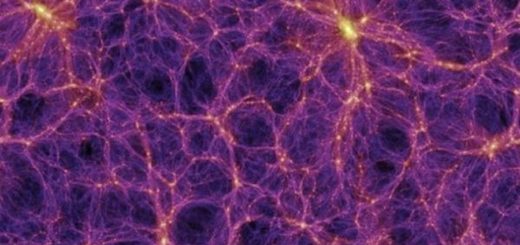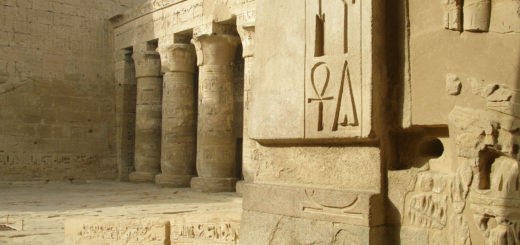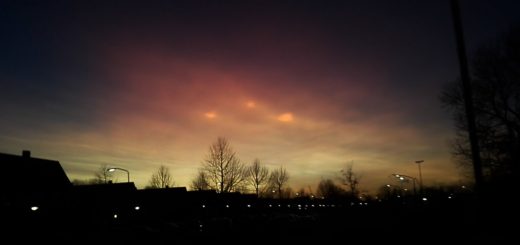Rare System With ‘Death Star’ Eating Planets Discovered 300 Light Years Away
An international team of astronomers has discovered a planetary system with a host star similar to Earth’s sun.
The star HIP68468, located 300 light years away, has an unusual composition that indicates it ingested some of its planets.
For now, it is too early to draw conclusions from a single system and more stars like HIP68468 have to be studied to confirm whether this outcome of the planet formation process is common.
Astronomers discovered the first planet orbiting a star other than the sun in 1995.

Since then, more than two thousand exoplanets have been identified. Rare among them are planets that orbit a star similar to Earth’s sun. Due to their extreme similarity to the sun, these so-called solar twins are ideal targets for investigating the connections between stars and their planets.
HIP68468’s composition points to a history of ingesting planets. It contains four times more lithium than would be expected for a star that is 6 billion years old, as well as a surplus of refractory elements—metals resistant to heat and that are abundant in rocky planets.
In the hot interior of stars like HIP68468 and the sun, lithium is consumed over time. Planets, on the other hand, preserve lithium because their inner temperatures are not high enough to destroy the element. As a result, when a star engulfs a planet, the lithium that the planet deposits in the stellar atmosphere stands out.
Taken together, the lithium and the engulfed rocky planet material in the atmosphere of HIP68468 is equivalent to the mass of six Earths.
The team continues to monitor more than 60 solar twins, looking for more exoplanets.



 Creators of mankind
Creators of mankind Description of “Tall white aliens”
Description of “Tall white aliens” Where they came from?
Where they came from? About hostile civilizations
About hostile civilizations The war for the Earth
The war for the Earth “Tall white aliens” about eternal life
“Tall white aliens” about eternal life Video: “Nordic aliens”
Video: “Nordic aliens” Aliens
Aliens Alien encounters
Alien encounters The aliens base
The aliens base UFO
UFO Technology UFO
Technology UFO Underground civilization
Underground civilization Ancient alien artifacts
Ancient alien artifacts Military and UFO
Military and UFO Mysteries and hypotheses
Mysteries and hypotheses Scientific facts
Scientific facts


















